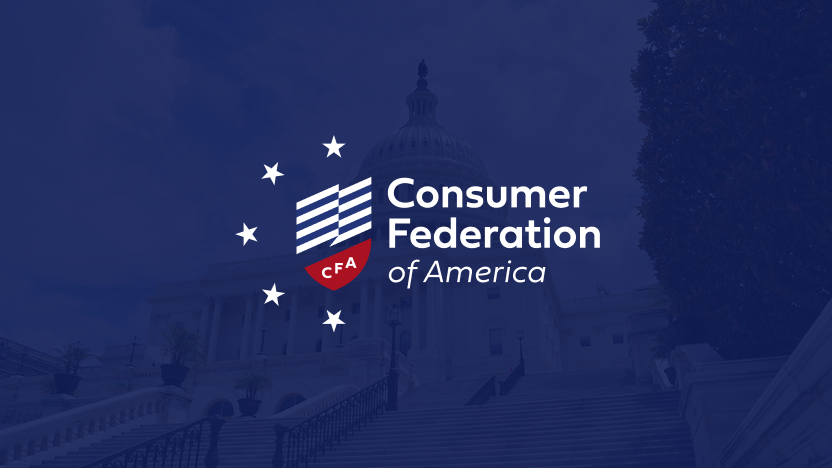Auto Insurance Regulation - What Works 2019

In this report updating research conducted in 2008 and 2013 to now cover 30 years of results, CFA looks at state consumers’ auto insurance expenditures and other data in each state to determine what types of rules best serve American auto insurance policyholders. There are a variety of actuarial reasons why one state might expect higher auto insurance expenditures than another – including different coverage limits, different levels of traffic density, different mix of vehicle types – and these reasons are generally consistent over time. Those statewide characteristics are baked in to the differences in premiums between states, and we would expect drivers in a state with high traffic density and high coverage limits to pay more for auto insurance than those in a state with low traffic density and low coverage requirements. But, as this report illustrates, the trajectory of rates over time in different states are wildly different, and we have concluded that the level of consumer protection and regulatory oversight in the states plays an important role in determining that trajectory.
Download PDF
Our Subject Matter Experts

Michael DeLong
Research and Advocacy Associate

Douglas Heller
Director of Insurance
Reports

Consumer Complaint Survey Report 2024

Variable Universal Life Insurance: Is it Worth it?

Financial Planning Association of Greater Hudson Valley Technical Aspects in Evaluating Cash Value Life Insurance Policies
